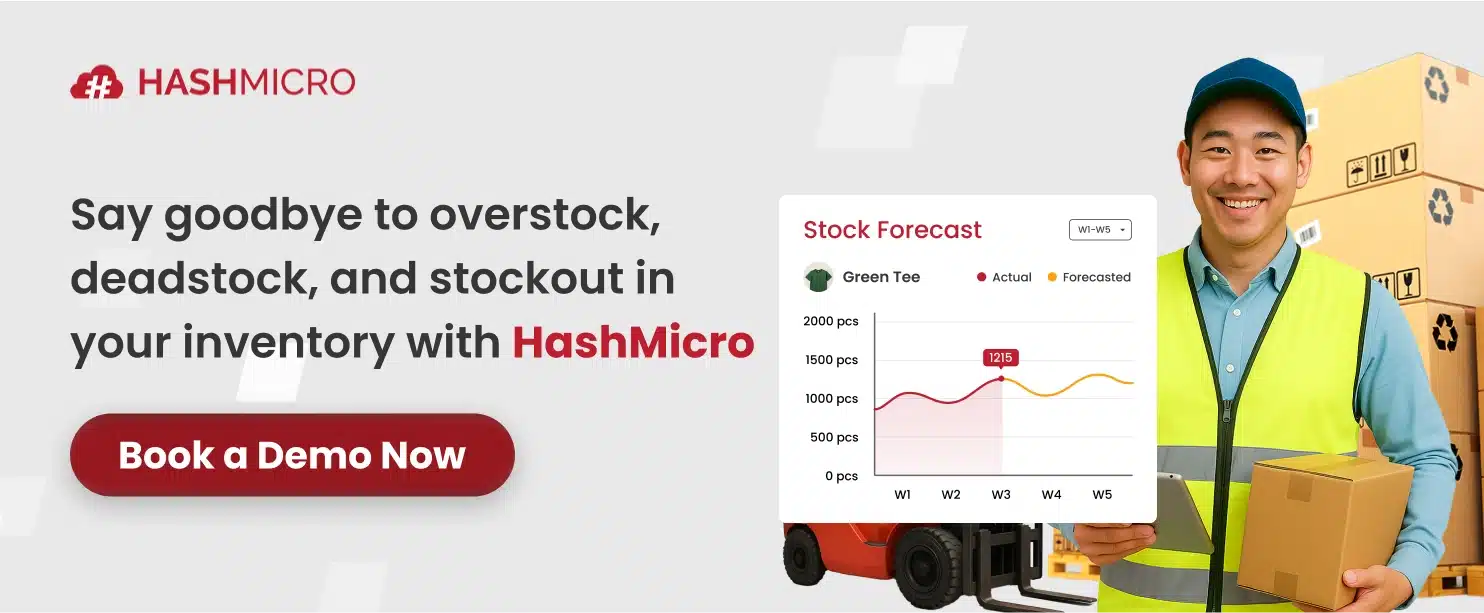In the bustling economic landscape of Singapore, where businesses are in a perpetual race to maximize profits and minimize costs, understanding the ‘Cost of Goods Sold’ (COGS) is not just beneficial—it’s essential. But why is COGS such a critical metric for businesses in the Lion City?
COGS is the cornerstone of a company’s financial health, providing a clear picture of the direct costs associated with producing the goods a company sells. It’s a key determinant of gross profit and a direct reflection of production efficiency. In a market driven by razor-thin margins and fierce competition, knowing your COGS can mean the difference between thriving and merely surviving.
Calculating COGS might seem daunting, but it’s a straightforward process that yields invaluable insights. This calculation helps businesses in Singapore set competitive pricing, manage inventory levels efficiently, and make informed decisions about production and sales strategies
As we delve deeper into the nuances of COGS, we’ll explore how this crucial figure can be leveraged to refine business operations, enhance decision-making, and ultimately, drive success in Singapore’s dynamic commercial environment.
Table of Content:
Table of Content

Key Takeaways
|
Why You Need to Know Cost of Goods Sold
Understanding the cost of goods sold (COGS) is of utmost importance for businesses in Singapore. COGS has a direct impact on profit margins and plays a crucial role in determining product profitability. By knowing COGS, you can optimize your pricing strategies, manage your inventory effectively, and make informed purchasing and production decisions.
- Positive effect on profit margins: Correctly figuring out the Cost of Goods Sold (COGS) shows which products make the most money. This helps you concentrate on selling the most profitable items to increase your total profits.
- Optimizing pricing strategies: Knowing the costs of making and selling helps set prices that are good for profit and competition. Not knowing COGS could lead to wrong pricing, hurting your profits.
- Effective inventory management: Knowing your COGS helps manage stock better, lowers storage costs, and reduces waste. It prevents too much or too little inventory, meeting demand without extra costs.
- Well-informed purchasing and production decisions: Understanding the costs of making each product helps you choose better materials, suppliers, and ways to make things. This leads to smarter deals and lower production costs.
What’s Included in the Cost of Goods Sold
The cost of goods sold (COGS) is a critical component in determining the direct cost of producing and selling products for your business. To accurately calculate COGS, it is important to consider several components that contribute to the overall cost.
- Cost of materials: This means the price of raw materials and goods bought for selling again. It’s important to keep track of these costs to really know what you spend to make your products.
- Cost of labor:This covers the pay of workers who make and put together your products. Keeping an eye on labor costs helps you figure out the exact spending in making your products.
- Indirect costs:Overhead costs like staff salaries, tech costs, utilities, and rent are part of your total business costs and need to be tracked.
By considering all these components, you can accurately calculate the cost of goods sold and gain a comprehensive understanding of the direct expenses involved in production and sales.
COGS vs. Operating Expenses
As a business owner, it’s crucial to understand the difference between the cost of goods sold (COGS) and operating expenses. COGS refers to the direct costs incurred in the production and sale of your products. On the other hand, operating expenses encompass the indirect costs associated with running your business.
The distinction between COGS and operating expenses has a significant impact on your profitability. COGS directly affects your profit margins because it represents the expenses directly tied to producing and selling your products. By optimizing your COGS, you can enhance your profit margins and improve your bottom line.
In contrast, operating expenses reflect the broader costs of operating your business. These expenses include rent, utilities, salaries of non-production staff, marketing costs, and other overhead expenses. While operating expenses are essential for day-to-day business operations, they do not directly impact your cost of producing goods.
Properly managing both COGS and operating expenses is crucial for optimizing your business profitability. By minimizing your COGS while still maintaining product quality and customer satisfaction, you can increase your profit margins. At the same time, effective control and reduction of operating expenses can further enhance your overall profitability.
Understanding and monitoring the distinction between COGS and operating expenses enables you to make strategic financial decisions. It allows you to assess the financial health of your business accurately, identify areas for cost reduction or improvement, and allocate resources effectively.
Accounting Methods for COGS
When it comes to calculating the cost of goods sold (COGS), the accounting method you choose can significantly impact the value of your COGS. There are several valuation methods available, each with its own advantages and considerations.
- Weighted average cost: This method calculates the average cost of all inventory items based on their respective quantities and costs. It is especially useful when inventory items have similar costs and are difficult to track individually.
- First in, first out (FIFO): FIFO assumes that the first items purchased or produced are the first ones sold. This method is ideal when inventory items have a limited shelf life or susceptibility to spoilage or obsolescence.
- Last in, first out (LIFO): LIFO assumes that the last items purchased or produced are the first ones sold. This method is suitable when inventory costs are rising, as it allows businesses to allocate higher costs to COGS, resulting in lower taxable income.
Choosing the appropriate costing method depends on various factors, such as the nature of your business, inventory turnover rate, and tax implications. It is important to understand the different accounting methods for COGS to ensure accurate financial reporting and assess the true cost of goods sold.
How to Calculate Cost of Goods Sold
Calculating the cost of goods sold (COGS) is an essential process for businesses as it provides valuable insights into their direct costs and helps make informed financial and operational decisions. To calculate COGS, you need to follow a step-by-step process using the appropriate formula.
The COGS formula is as follows:
(Beginning Inventory + Purchases) – Ending Inventory = COGS
This formula takes into account various components that contribute to the cost of goods sold:
- Beginning inventory: This refers to the value of your inventory at the beginning of a specific period.
- Cost of purchases: This includes the total cost of all inventory purchases made during the specified period.
- Cost of labor: This includes the wages and associated costs of the employees directly involved in the production process.
- Cost of materials and supplies: This encompasses the expenses incurred in acquiring the materials and supplies necessary for production.
- Other costs: These are additional expenses related to the production process, such as shipping containers, freight charges, and other related costs.
- Ending inventory: This represents the value of your remaining inventory at the end of the specified period.
By accurately determining the values for each component, you can calculate the COGS and gain a comprehensive understanding of your direct costs. This enables you to assess product profitability, make pricing decisions, and optimize your financial performance.
Cost of Goods Sold Calculation Example
Understanding how to calculate the cost of goods sold (COGS) is essential for accurate financial reporting and decision-making. To illustrate the step-by-step process, let’s consider a hypothetical example:
Suppose your company has a beginning inventory of $20,000, total purchases of $8,000, and an ending inventory of $6,000.
To calculate the COGS, use the formula:
(Beginning Inventory + Purchases) – Ending Inventory = COGS
Substituting the values from our example:
($20,000 + $8,000) – $6,000 = $22,000
Therefore, the cost of goods sold in this example would be $22,000.
This example highlights the importance of accurately tracking inventory and calculating the COGS for financial reporting purposes. By following the COGS calculation method, you can ensure an accurate representation of your business’s direct costs and make informed decisions to optimize profitability.
Exclusions from Cost of Goods Sold
When calculating the cost of goods sold (COGS), it’s important to note that certain items are generally excluded from the calculation. Understanding these exclusions is crucial for accurate COGS calculations and financial reporting.
- Non-deductible costs are not considered in the COGS calculation. These costs cannot be deducted from the business’s taxable income and therefore should not be included in the COGS calculation.
- Non-production-related expenses are typically excluded. These expenses are not directly related to the production process, such as advertising costs or employee training expenses, and should not be considered when calculating COGS.
- Facility costs (rent, utilities, and maintenance expenses) are also excluded from COGS. These costs are usually allocated strategically to the administrative expenses category and not included in the direct cost of producing goods.
- Administrative expenses (salaries of non-production staff, office supplies, and legal fees) are not part of the COGS calculation. These expenses are considered indirect costs and are separate from the direct costs associated with producing goods.
- Sales commissions, which are typically paid to sales representatives based on the sales they generate, are not included in the COGS calculation. These commissions are considered separate from the direct costs of producing goods and should be accounted for separately in the financial statements.
- Non-deductible losses (losses from investments or non-business-related losses) should not be included in the COGS calculation as they are not directly related to the production and sale of goods.
By properly identifying and excluding these items from the COGS calculation, businesses can accurately assess the direct costs associated with production and sales. This ensures reliable financial reporting and facilitates informed decision-making regarding pricing, inventory management, and overall cost management.
Calculate COGS Precisely with HashMicro’s Inventory Management
HashMicro’s inventory management software streamlines the COGS calculation process by integrating advanced features that enhance accuracy and efficiency. The following key features are instrumental in achieving precise COGS:
- Fast moving slow moving stocks analysis: This feature analyzes stock turnover rates to help businesses fine-tune inventory, lower costs, and effectively manage COGS.
- Stock forecasting: This feature uses past data and analytics to predict inventory needs, ensuring balanced stock levels and controlled COGS.
- Run rate reordering rules: This feature streamlines purchasing by aligning with item usage rates, ensuring balanced inventory and optimized COGS.
- Quality control management: This feature ensures inventory quality, cuts waste and returns, and aids in achieving precise COGS by lowering costs linked to substandard goods.
- Consignment management:This feature tracks consigned inventory, ensuring COGS accurately represents the cost of sold items, not merely stocked ones.
By integrating these features, HashMicro’s inventory management system provides a robust solution for businesses to manage their inventory effectively and calculate COGS with precision, ultimately leading to better financial health and informed decision-making.
Conclusion
Understanding the Cost of Goods Sold (COGS) is vital for any business aiming to maximize profitability. COGS not only affects gross margin but also provides invaluable insights into pricing strategies, tax deductions, and financial health.
Calculating COGS accurately can be complex, involving inventory tracking, valuation, and cost analysis. This is where HashMicro’s inventory management software becomes indispensable, offering precision and ease in COGS calculation. By automating and streamlining inventory processes, HashMicro ensures that businesses can confidently report financial figures and make informed decisions.
Embrace the cutting-edge solution offered by HashMicro and witness the transformation in your COGS management. Take the first step towards financial clarity and efficiency—request a free demo of HashMicro’s inventory management software today.























































